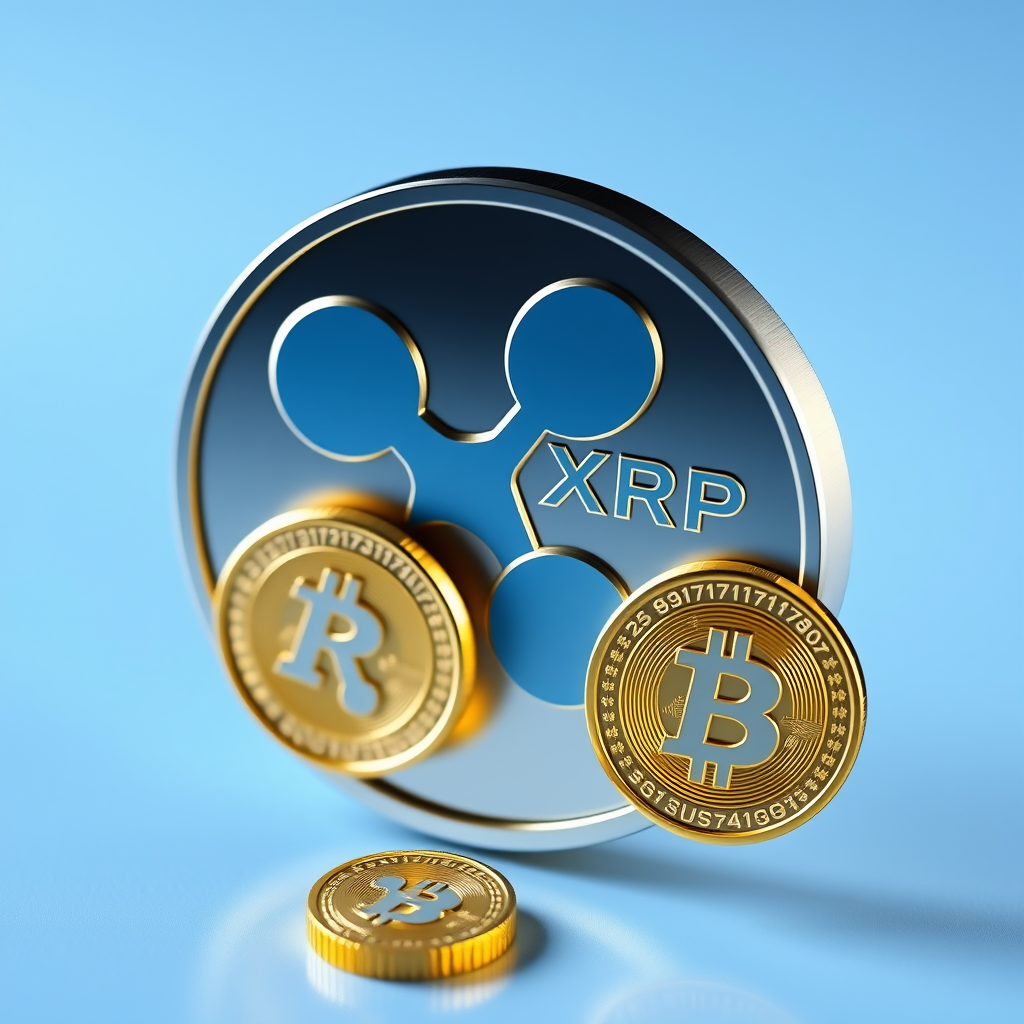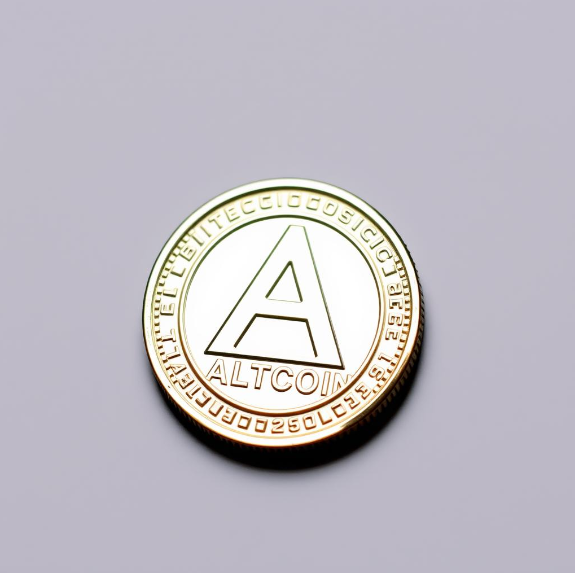Ledn stands as one of the most trusted and established crypto lending platforms, offering institutional-grade Bitcoin and cryptocurrency lending services since 2018. As a regulated Canadian financial services company, Ledn provides both Bitcoin-backed loans and high-yield savings accounts, making it a comprehensive solution for cryptocurrency holders seeking liquidity or passive income opportunities.
The platform's Bitcoin-backed loan program allows users to unlock the value of their Bitcoin without selling, offering loan-to-value ratios up to 50% with competitive interest rates starting as low as 9.95% APR. Loans are available in USD with flexible repayment terms, and borrowers can choose between fixed and variable rate options to match their risk tolerance and market outlook. The minimum loan amount starts at $10,000, making it suitable for both individual and institutional borrowers.
Ledn's security infrastructure meets institutional standards with multi-signature cold storage, comprehensive insurance coverage, and regulatory compliance under Canadian financial regulations. The platform employs bank-level security protocols including 2FA, withdrawal whitelisting, and advanced fraud detection systems. Customer funds are segregated and held with qualified custodians, providing additional protection for user assets.
Beyond lending, Ledn offers competitive yields on Bitcoin and USDC deposits through their Growth Accounts, allowing users to earn passive income on their holdings. Bitcoin Growth Accounts offer up to 6.5% APY, while USDC accounts provide competitive stablecoin yields. The platform's transparent fee structure includes no account maintenance fees, no early repayment penalties, and competitive origination fees.
Ledn's customer service operates with high professional standards, offering dedicated account managers for larger clients and responsive support through multiple channels. The platform's educational resources help users understand crypto lending mechanics and risk management strategies. Regular market insights and analysis are provided to help clients make informed decisions about their crypto lending activities.
 Perks
Perks
- Regulated Canadian platform with institutional-grade security
- Bitcoin-backed loans up to 50% LTV with competitive rates from 9.95% APR
- No early repayment penalties or hidden fees
- High-yield Growth Accounts for Bitcoin and USDC
- Comprehensive insurance coverage and segregated client funds
- Professional customer service with dedicated account managers
- Transparent fee structure with no account maintenance costs
Loan Terms
To qualify for a BTC backed loan with Ledn, you only need to have a minimum of BTC collateral equivalent to 1,000 USD. Annual interest rate: 10.4%* Admin fee: 2% APR: 12.4%. *Annual interest rates and annual percentage rates are subject to change and may vary based on type of loan, the principal amount requested, and the borrower's jurisdiction of residence.
Security & Regulation
Ledn implement state-of-the-art protocols to ensure the safety of your data and assets. Their team brings together a wealth of experience from some of the top banks and financial companies around the world. Ledn follow best practices and standards demanded from financial institutions.
Growth Accounts
Earn up to 6.5% APY on Bitcoin and competitive yields on USDC with daily compounding
 Welcome bonus
Welcome bonus
Don't sell your bitcoin. Get a bitcoin-backed loan. Borrow at competitive rates. Collateral is held in custody with Ledn or their trusted institutional USD funding partners. Access cash the same day, no credit checks required.



















